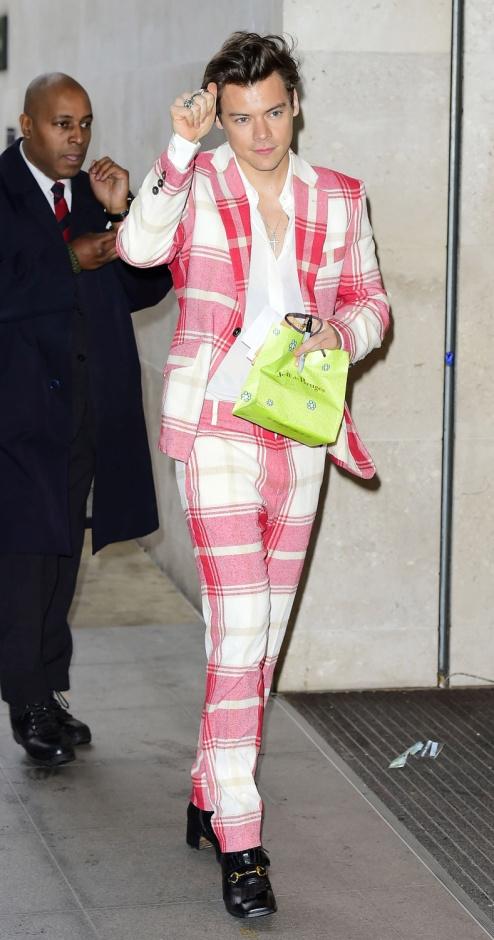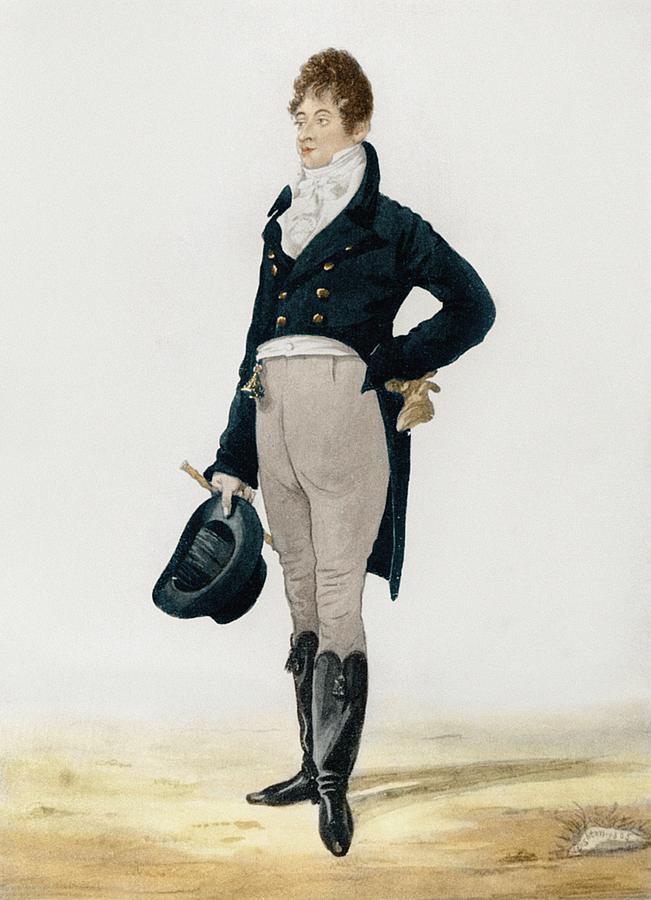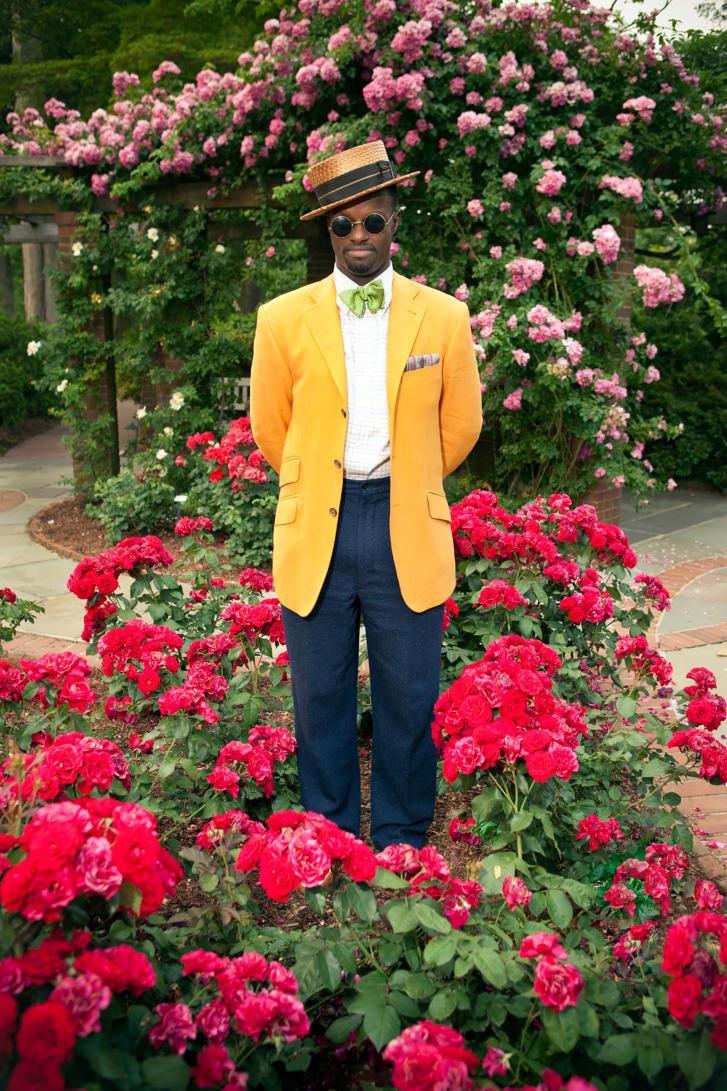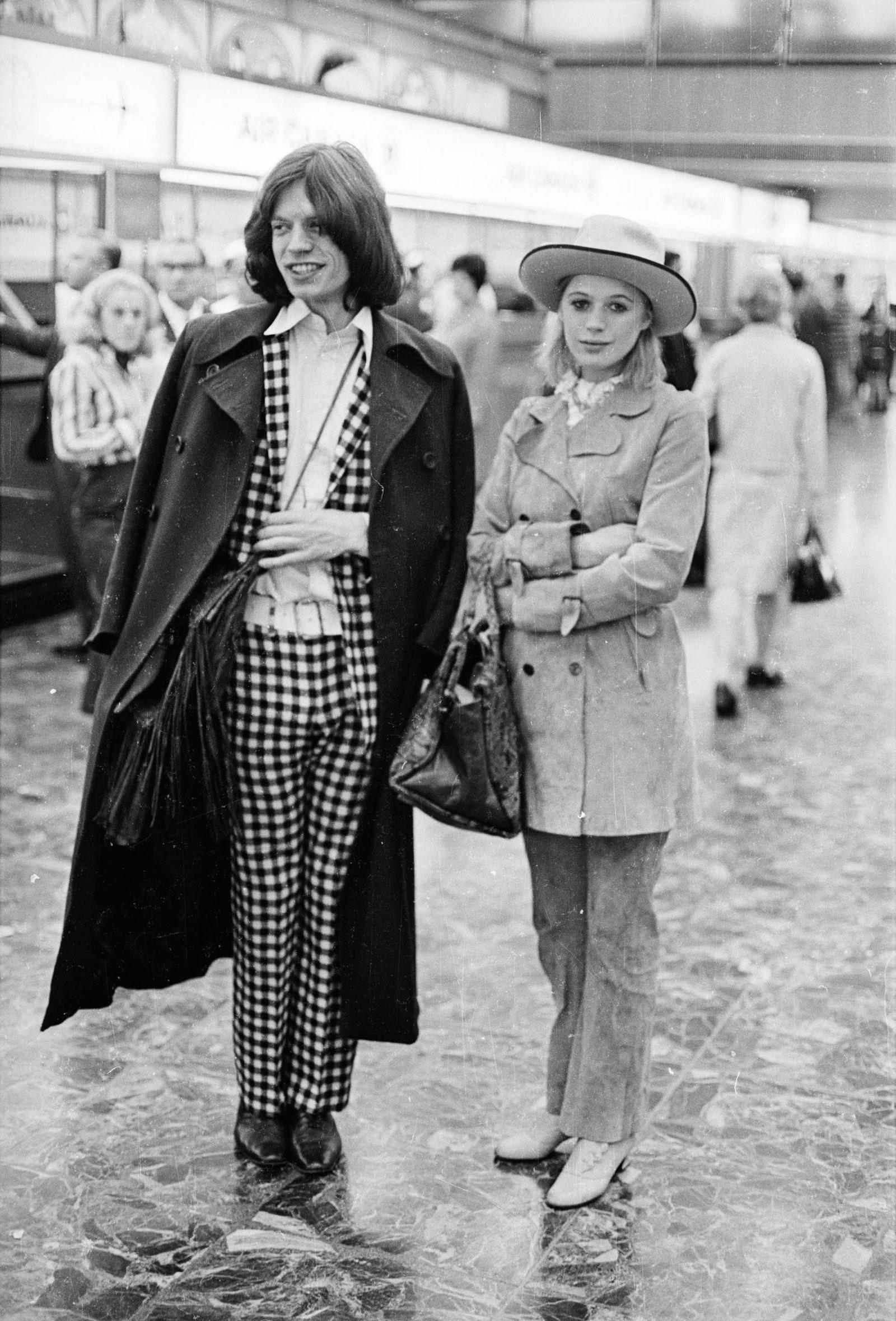The style of clothing depends on the traditions of the country, era, and social mood, so it is constantly changing. This paper examines the style of dandyism, which appeared and spread in Europe in the 19th century, and then found its reflection in the fashion and culture of other countries, in particular the United States. This style has also influenced modern fashion trends, although it has changed significantly. The paper examines the history and origins of dandyism, its influence in society and culture, as well as features of the dandy’s clothing style. In addition, the paper describes the impact of the fashion industry on dandyism and its popularity in modern fashion.
History of Dandyism
Dandyism is a social movement and fashion style of Europe and the USA. This movement emerged in 19th century Britain as a reaction to Puritanism after French fashion rejection (Cook & Ryan, 2015; Peyro, 2019). The clothing of English men in the 18th century took on complex and vibrant features, which were expressed in rainbow shades of clothing, knee-length breeches, wigs, and makeup (Peyro, 2019). However, in the 19th century, the British turned to opposite trends, choosing monochromatic fabrics, simple cut, and rejection of extravagance and excessive grooming. The dandies combined both traits in their fashion, as their well-groomed and notable outfits reflected the features of Puritanism (Howells, 2017). At the same time, dandyism appeared in Paris and then spread to Europe and Russia. In the United States, this style became popular among black men to distinguish freed slaves (Leal, 2019). Although today’s dandies are associated with men in bright and extravagant costumes, this movement has significantly influenced fashion. Dandyism has established men’s fashion’s main features, such as grooming, neatness, and sophistication of men’s suits and manners.
Features of the Style
Despite the foppish features often attributed to dandies, their style stood out for its balance of brilliance and neatness. The dandy image included a tailored suit, tie, quality shoes, and a moderate amount of accessories such as a walking stick, hat, white gloves, and a pocket watch (“The Dandy,” n.d.). The dandy man also had to look after his face and body and have the perfect appearance from beard to smell (“The Dandy,” n.d). Initially, dandy clothing should also be elegant but unnoticeable, as Brummell, one of the most influential dandies, believed that true elegance was based on carelessness and secrecy (Motta & Biagini, 2018). However, over time, clothing has acquired brighter colors, which especially noticeable in US black dandyism as the freed slaves wore their best clothes to demonstrate their privilege (Leal, 2019). In 1960s Britain, bold suits with ruffles and vibrant fabrics also found their way for men. (“The Peacock Revolution,” n.d.). For this reason, the typical dandy image in popular culture includes a tailored suit of bright color, a tie with striking patterns, a hat, a cane, a well-groomed face and hands, and a pleasant smell.
The Style’s Subjective Perception
The peculiarity of the dandy style is that two opposite features distinguished it. First, a dandy’s main feature was good manners, the ability to behave in society, and elegance. For example, many authors describe Brummell as a man who showed his taste and style in everything from dress to conversation and combined simplicity and brilliance simultaneously (Motta and Biagini, 2018). However, another notable feature of the dandy is narcissism, notability, and carelessness due to wealth and the desire to spend it. Thus, in society, dandies were most often perceived and described as idle young people who thoughtlessly pay their money for entertainment, although their manners, irony, and frivolity were not questioned (“The Dandy,” n.d.). However, dandyism in its original form is not part of street style today, and its followers wear similar outfits with gloves and walking sticks as an exception. However, the stylish and well-cut suit on the well-groomed man reflects dandyism in its modern variation.
Influence on Culture and Society
Dandyism had an impact not only on fashion but also on socio-political life. Dandy most often opposed society and rejected bourgeois values prevailing in Europe in the 19th century (“The Dandy,” n.d ). In essence, dandyism was a political protest against the aristocracy and outdated principles of behavior and ruling. Dandies treated most of the processes and rules with cynicism and irony, which changed the bohemians’ attitude to the cultural way of life. Nevertheless, although the dandies changed some of Europe’s cultural perceptions of the aristocracy and established new canons of masculine style, their influence was not enough to make a radical change. In the United States, the dandy culture is mostly reflected in the common and traditions of black people and became a feature of their self-identification and pride in their origin (Leal, 2019). Thus, dandyism was a manifestation of not only fashionable but also social trends.
Influence of the Fashion Industry
Today, the fashion industry is central to the popularization of the dandy style as it sets trends that rapidly spread on the Internet. Initially, dandyism was more of a challenge to the typical fashion, and at that time, the dandy style was available only to wealthy people, since the clothes had to match the behavior. Today, a similar situation is observed because dandy garments are not suitable for going to work or shopping and are more present in celebrities’ images. For example, a few years ago, Harry Styles appeared as a dandy on the streets of London (Barsamian, 2017). Simultaneously, modern fashion also made the dandy style accessible to women as women’s pant suits became trending and were present in famous designers’ collections (Oliva, 2016). Thus, the fashion industry is the main factor in the popularization of dandyism, since today, it does not correspond to the realities of street fashion, unlike the era of the aristocracy.
Appendix




References
Barsamian, E. (2017). Harry Styles is the ultimate English dandy. Vogue.
Cook, D.T. & Ryan, J,M. (Eds.) (2015). The Wiley Blackwell encyclopedia of consumption and consumer studies. John Wiley & Sons.
Howells, B. (2017). Baudelaire individualism, dandyism and the philosophy of history. Routledge.
Leal, I. E. B. (2019). Dandyism: This global style movement offers a view on black male identity. CNN.
Motta, G., & Biagini, A. (Eds.) (2018). Fashion through history: Costumes, symbols, communication (Vol.2.). Cambridge Scholars Publishing.
Oliva, S. (2016). From 1920s (female) neo-dandyism to genderless. Vogue.
Peyro, I. (2019). This 19th-century London dandy caused a style revolution. National Geographic.
The dandy. Web.